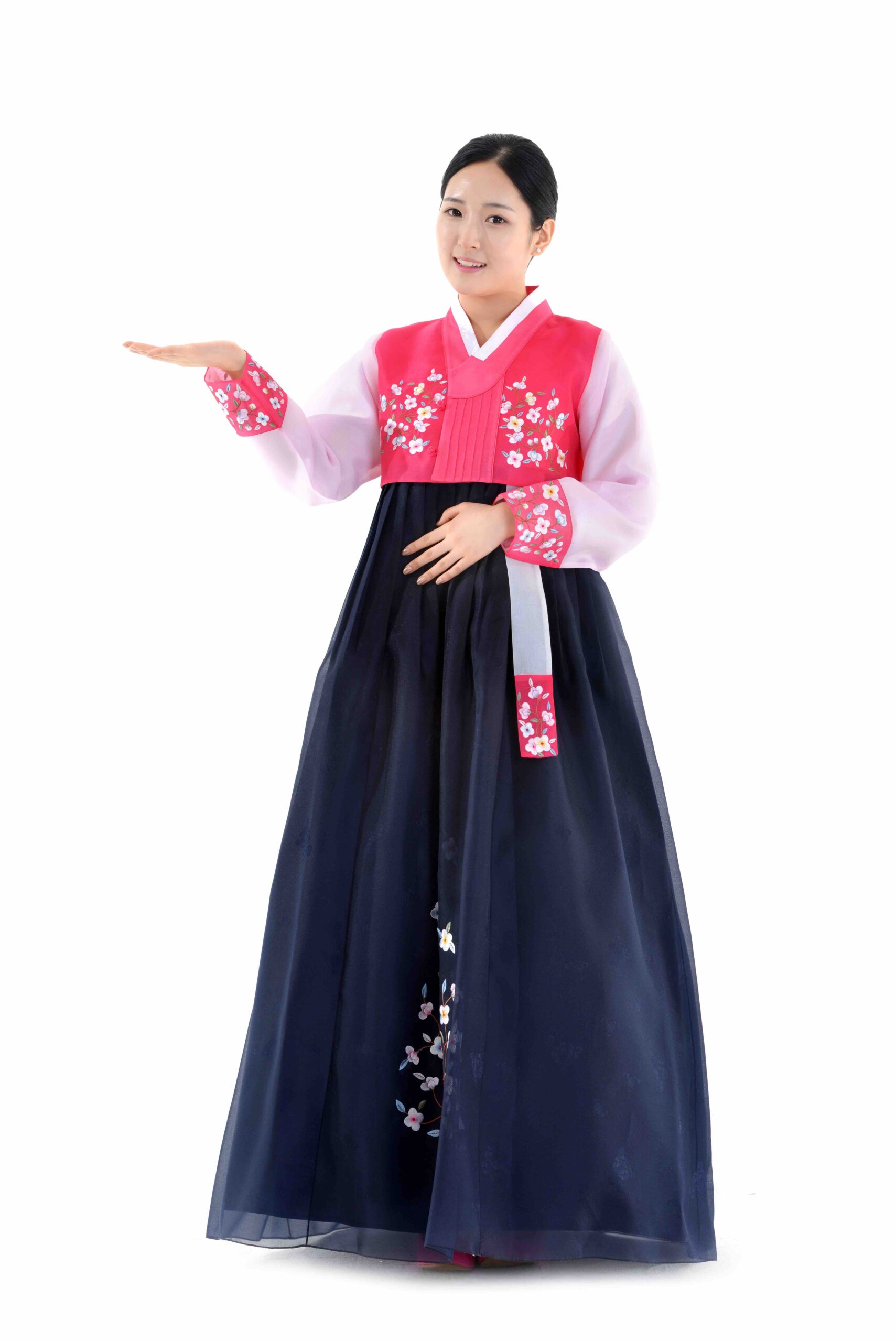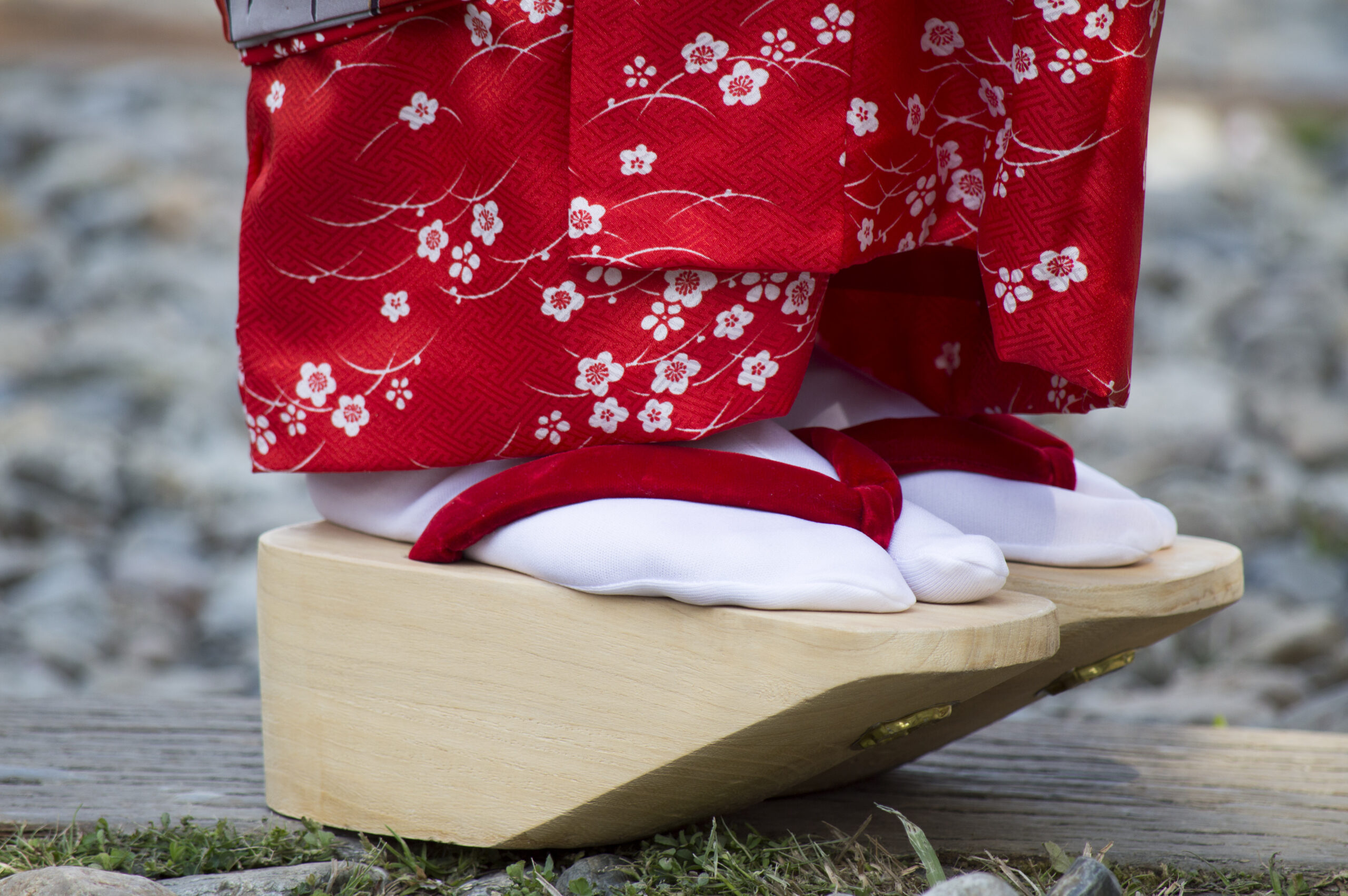Text by Rachel Kwek
Synthetic fabrics are ubiquitous in modern clothes but many of Asia’s traditional garments were made of natural fabrics that do not poison our environment.
Humans have survived many years with clothes made from natural materials derived from nature prior to the invention of synthetic fibres. Clothes in the past were made out of things people could harvest from their natural environment — grasses, leaves, fur, animal skins, plant fibres, bones and shells. But now, it’ll be tough to find a cheap garment that is made entirely of natural fibres.
Cheap and extremely versatile, synthetic fibres like polyester, nylon, acrylic and other synthetic fibres now constitute about 60 percent of the material used to make our clothes worldwide. While they confer certain properties to fabrics they are woven into, these plastic fibres can leach into and pollute our rivers and oceans. Sadly, some of the traditional clothes still worn today are more commonly made using synthetic fabrics rather than the natural ones they used to be made of.
RAMIE
Ramie is one of the oldest textile fibres in the world and the plant has been cultivated in China for thousands of years.
Hanbok Korea
Hanboks are commonly made of ramie. Hansan in South Ch’ungch’ong Province made such high quality white ramie that it was sent to the Tang Chinese court for tribute during the Koryo period (918 – 1392).Because of the diverse weather conditions, hanboks have been made from different materials. Silk and satin are normally used for occasion pieces while hemp, cotton and muslin are used for everyday pieces for hotter times. Heavier fabric and fur wil be used for cold-weather pieces. In the autumn, many women favour gossamer silk hanboks because they rustle like dry leaves when they walk.The common hanbok that we are familiar with today is created in the Joseon Dynasty over 1600 years ago. During that period, men of women of different social classes could be distinguished by the type of hanbok they wore. Like the kimono, it is an everyday attire that was worn daily (up to 100 years ago) and only worn on special occasions like weddings and festivals.
COTTON
Krama Cambodia
The traditional krama, a piece of scarf with small red or blue and white squares, has been used by Cambodians for centuries and is a representation of their identity. Khmer women used to collect cotton, spread it and soak it in rice for two to three days before weaving it. The wealthier people used silk for its superior ability to keep them cool and to distinguish themselves from the peasants.
Tabi Japan
Tabi are traditional socks with a separation between the big toe and the other toes and are worn with Japanese sandals. Commonly made of cotton, they used to be made of leather whose durability and protectiveness made them ideal for samurai (Japanese warriors). They were kept in place by tying strings to the ankles but modern versions have buttons instead.
For the rest of this article (Asian Geographic No.134 Issue 1 /2019 ) and other stories, check out our past issues here or download a digital copy here














